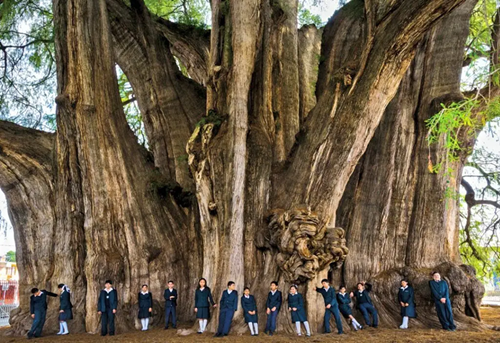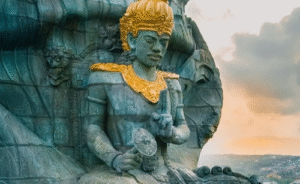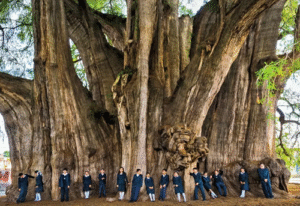In the heart of Santa María del Tule, a small town in Oaxaca, stands one of nature’s most extraordinary wonders — the Árbol del Tule, a majestic Montezuma cypress believed to be over 1,500 years old. Renowned for possessing the thickest tree trunk in the world, this awe-inspiring natural monument continues to captivate scientists, travelers, and storytellers alike.
At its widest point, the Árbol del Tule’s trunk measures an astonishing 38 feet in diameter, wide enough to match the size of a small house. It takes more than 30 adults standing hand-in-hand to completely encircle its base — a sight that leaves visitors in quiet amazement.
Despite its incredible girth, the tree is a single living organism, not a fusion of several trunks. Its gnarled bark forms intricate patterns that resemble animals and faces — local folklore claims that one can spot lions, elephants, and even crocodiles etched into its ancient wood.
Legends say the tree was planted by an Aztec god or priest, and over the centuries, it has become a revered symbol of resilience and life in the region. Today, caretakers and conservationists work tirelessly to preserve the tree’s health, while local schools teach children about its ecological and cultural significance.
Vibrant with green needles and brimming with history, the Árbol del Tule is more than just a tree — it’s a living sculpture, a silent witness to time, and a testament to the enduring beauty of nature.







